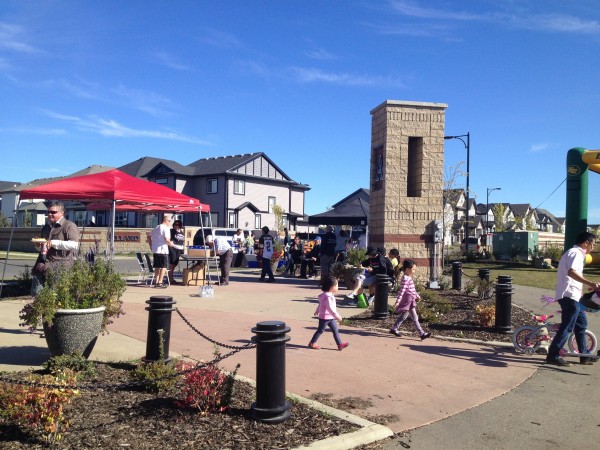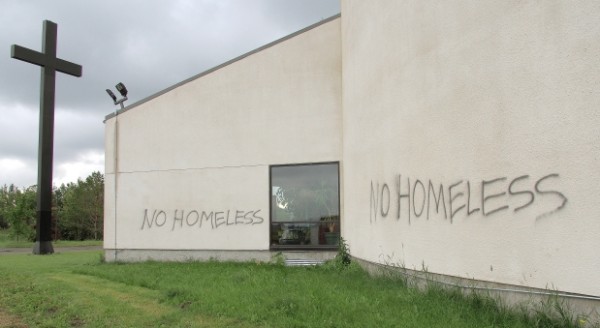Howard Blackson, Urban Designer and Principal of Placemakers, once said that community character is like pornography: hard to define, but you know when you see it. The same holds true for livability. Definitions of livability may include a range from mobility, housing, cultural, educational, and entertainment opportunities to features such as safety, quietness, good public services, housing affordability, job security, and availability of green space. However, livability may denote dissimilar ideas depending on personal values. Can we blame them?
Attempts to accommodate these dissimilarities into one basket have resulted in meaningless definitions of livability. Perhaps we are better-off making a broader definition, rather than an individual one. Still, trying to reach consensus on such a definition may seem the natural path, but this would not calibrate the appropriate mix of those dissimilarities mentioned before. If we exploit opposing ideas and constraints with the societal goal in mind, we can create better outcomes based on shared experiences that shape a community.
This ultimately means that there will be compromises to personal interests, more specifically private development rights, in order to advance livability. The likelihood of Edmonton becoming a livable metropolis hinges on, among other things, its people’s ability to embrace an approach to private development rights that is inclusive to everybody.
In Canada, private development rights have their foundation in the British common law system. A property owner has the right to explore the land for his/her own benefit in exchange for civic obligations, such as paying taxes. The government, through urban planning and other tools, ensures that other people with these same rights will not impinge one’s private rights (e.g. ensuring property values and privacy are not impacted). The role of urban planning is to find balance, vis-à-vis, evaluate the potential adverse effects of private development rights against the overall greater public interest. The interference implies that city-building is not laissez-faire, but also implies that “balance” does not necessarily mean equal shares of public/private development rights. Future planning practices including new zoning frameworks will need to step away from protecting personal interests and start truly embracing a diversity of interests.
Acceptance of this diversity of interests will build and promote better and perhaps more livable communities. In my previous article on Edmonton’s Suburban Identity, I suggested that small-scale business incubators, live/work units, and other residential-related uses may be a start to allow Edmonton’s new neighbourhoods to be more integrated with the city. In many communities, this would require residents to be open to new ideas and opinions. Would it be a perfect shift? Far from it, but as Jane Jacobs liked to say, great cities are federations of neighbourhoods. Perhaps, acceptance is what will patch them up together.


